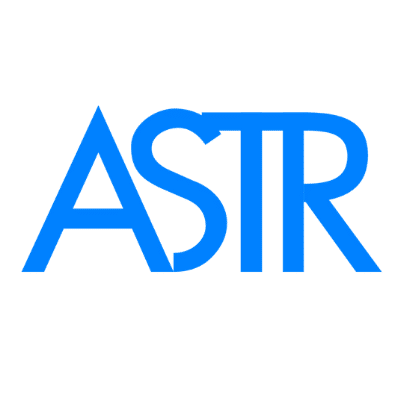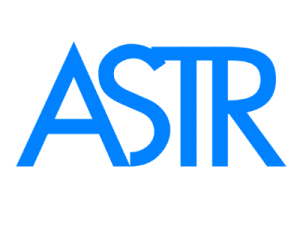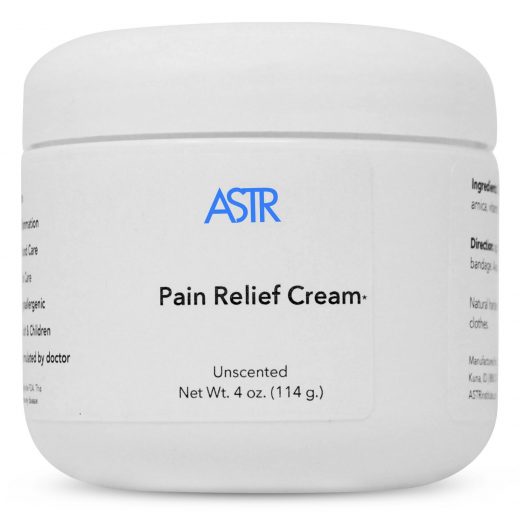Myofascial Pain Syndrome: Definition, Symptoms, Causes, Risk Factors, Research Studies & Treatment
Myofascial Pain Syndrome: Definition, Symptoms, Causes, Risk Factors, Research Studies & Treatment

What is Myofascial Pain Syndrome?
Myofascial pain syndrome is a chronic pain disorder. In this condition, pressure on sensitive points in your muscles (trigger points) causes pain in the muscles and sometimes in seemingly unrelated parts of the body and this is referred as pain. Myofascial pain can develop in any muscle of the body. The most commonly affected muscles are the upper back, shoulders, and neck [1].
What is Myofascial Pain?
Myofascial pain occurs when the soft tissue surrounding the muscles becomes tight or restrictive due to an injury, stress, poor posture, or incorrect repetitive movement. This can cause pain within the muscles or surrounding areas. Muscle pain is very common, but with myofascial pain the pain persists or worsens over time.
Symptoms of Myofascial Pain Syndrome
Symptoms of myofascial pain syndrome may include:
- Muscle pain
- Muscle weakness
- Joint stiffness
- Decrease joint range of motion
- Painful muscle knots
- Taut, ropey bands in the muscle
- Sleep disturbance
Causes of Myofascial Pain Syndrome
There are many different causes of pain within the muscle. Some causes can be from tight muscle fibers after an injury or overuse. These tight muscles can have trigger points which are palpable knots in the muscle that is sensitive to touch or movement. Trigger points can cause a strain and pain throughout the muscle.
- Poor posture
- Poor body mechanics
- Accident or trauma to the body
- Surgery
- Stress
- Repetitive strain injury
Risk Factors of Myofascial Pain Syndrome
- Diseases such as: fibromyalgia, rheumatoid arthritis, hypothyroidism etc
- Whiplash accident
- Poor computer posture
- Poor lifting body mechanics
- Surgery
- Stress
Myofascial Pain Syndrome Treatment Research Studies
Ineffective Myofascial Pain Syndrome Treatment: Research Studies
1. Foam Roller
A systematic review is a type of literature review that collect and critically analyze multiple research studies or papers. A systematic review by Cheatham et al. included 14 different articles that met the inclusion criteria, with a total of 260 healthy subjects, 179 were male, while 81 of them were female.44 The average age of the subjects was 19.6 years, with their ages ranging from 15-34 years old.
Cheatham et. al, reviewed studies that examined subjects using the foam roller which were hip range of motion, foam rolling sit and reach, knee range of motion, and ankle range of motion.44 5 studies used the roller massage which were ankle range of motion, knee range of motion, hip range of motion, and roller massage sit and reach. The researchers discovered that self-myofascial release with a foam roller or roller massage can have short term effects on increasing the joint range of motion without negatively affecting muscle performance.44 Researchers also discovered that self-myofascial release can help after intense exercise.44
2. Myofascial Release Techniques
Castro-Sánchez et al., designed a placebo-controlled trial to determine the effects of myofascial release techniques. In this systematic review 86 patients with fibromyalgia syndrome were randomly assigned to an experimental group and a placebo group.45 The patients received treatment for 20 weeks, with the experimental group going under 10 myofascial release modalities and the placebo group received sham short-wave and ultrasound electrotherapy.45 After 20 weeks of myofascial therapy, the experimental group showed improvement in painful tender points, physical function, and clinical severity.45 At 6 months after intervention, the experimental group had a lower mean number of painful points and pain score.45 The results showed that myofascial release techniques can be complementary therapy for pain symptoms, physical function, and clinical severity, but they do not improve the postural stability of patients with fibromyalgia syndrome.45
A systematic review is a type of literature review that collect and critically analyze multiple research studies or papers. In the systematic review by Beardsley et. al, studies on acute and chronic clinical effects of self-myofascial release were assessed. Researchers concluded that self-myofascial release increases flexibility and reduces muscle soreness but does not get in the way of athletic performance.2 It can also improve arterial function, vascular endothelial function, and increase parasympathetic nervous system activity, which can be useful in recovery.2
A systematic review is a type of literature review that collect and critically analyze multiple research studies or papers. The systematic review by Ajimsha et al. included 19 randomized controlled trials assessing the effectiveness of myofascial release.39 Researchers concluded that myofascial release may be useful alone or in conjunction with other therapies and that treatment effects seemed to be retained.39 Upon further investigation of the specific article reviewed, it was discovered that 11 of the 19 systematic reviews suggested that lack of follow up or use of only immediate follow up measurements may have been limitations to the studies. This makes it difficult to assess the long term effects of myofascial release.
Effective Myofascial Pain Syndrome Treatment: Research Studies
There are over 45 studies support the efficacy of biopsychosocial model (ASTR) for treating chronic pain such as myofascial pain syndrome.
ASTR treats myofascial pain syndrome in a gentle, effective, and natural way by addressing muscle imbalances, scar tissue, trigger points, myofascial restrictions, inflammation, posture, body mechanics which are often the source of the pain. ASTR takes a holistic approach to address the root causes of pain, not just the symptoms. ASTR treatment can be done at home for myofascial pain syndrome.
References:
- Fricton J. Myofascial pain: mechanisms to management. Oral and Maxillofacial Surgery Clinics. 2016 Aug 1;28(3):289-311. https://pubmed.ncbi.nlm.nih.gov/27475508/
- Aredo JV, Heyrana KJ, Karp BI, Shah JP, Stratton P. Relating chronic pelvic pain and endometriosis to signs of sensitization and myofascial pain and dysfunction. InSeminars in reproductive medicine 2017 Jan (Vol. 35, No. 01, pp. 088-097). Thieme Medical Publishers. https://pubmed.ncbi.nlm.nih.gov/28049214/
- Capo-Juan MA. Cervical myofascial pain syndrome. Narrative review of physiotherapeutic treatment. InAnales del sistema sanitario de Navarra 2015 Jan 1 (Vol. 38, No. 1, pp. 105-115). https://pubmed.ncbi.nlm.nih.gov/25963463/
- Miernik M, Wieckiewicz M, Paradowska A, Wieckiewicz W. Massage therapy in myofascial TMD pain management. Advances in clinical and experimental medicine: official organ Wroclaw Medical University. 2012 Sep 1;21(5):681-5. https://pubmed.ncbi.nlm.nih.gov/23356206/
- Laimi K, Mäkilä A, Bärlund E, Katajapuu N, Oksanen A, Seikkula V, Karppinen J, Saltychev M. Effectiveness of myofascial release in treatment of chronic musculoskeletal pain: a systematic review. Clinical rehabilitation. 2018 Apr;32(4):440-50. https://pubmed.ncbi.nlm.nih.gov/28956477/
- Giamberardino MA, Affaitati G, Fabrizio A, Costantini R. Myofascial pain syndromes and their evaluation. Best practice & research Clinical rheumatology. 2011 Apr 1;25(2):185-98. https://pubmed.ncbi.nlm.nih.gov/22094195/
44. Cheatham SW, Kolber MJ, Cain M, et al. The Effects of Self-Myofascial Release Using a Foam Roll or Roller Massager on Joint Range of motion, muscle recovery, and performance: A Systematic Review. International Journal of Sport Physical Therapy. 2015 Nov;10(6):827-38.
45. Castro-Sánchez AMCAD, Matarán-Peñarrocha GA, Arroyo-Morales M, Saavedra-Hernández M, Fernández-Sola C, Moreno-Lorenzo C. Effects of myofascial release techniques on pain, physical function, and postural stability in patients with fibromyalgia: a randomized controlled trial. Clinical Rehabilitation. 2011;25(9):800-813. doi:10.1177/0269215511399476.
Myofascial Pain Syndrome Home Treatment

- Fast results
- Treatment takes about 5 min a day
- Easy to use medical tools
- Natural holistic approach
- Treat the root cause of the problem
- Invented by a doctor who had chronic pain
- Supported by over 45 studies
ASTR Exceptionally Different
Reviews collected from various websites
Natural Pain Relief Cream
- Fast pain relief
- Reduce Inflammation
- Wound care
- Organic, safe ingredients
- Formulated by Dr. Jacobs
- Supported by research studies




